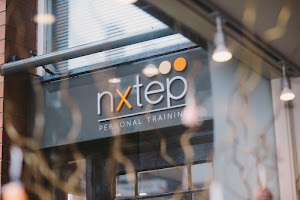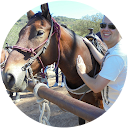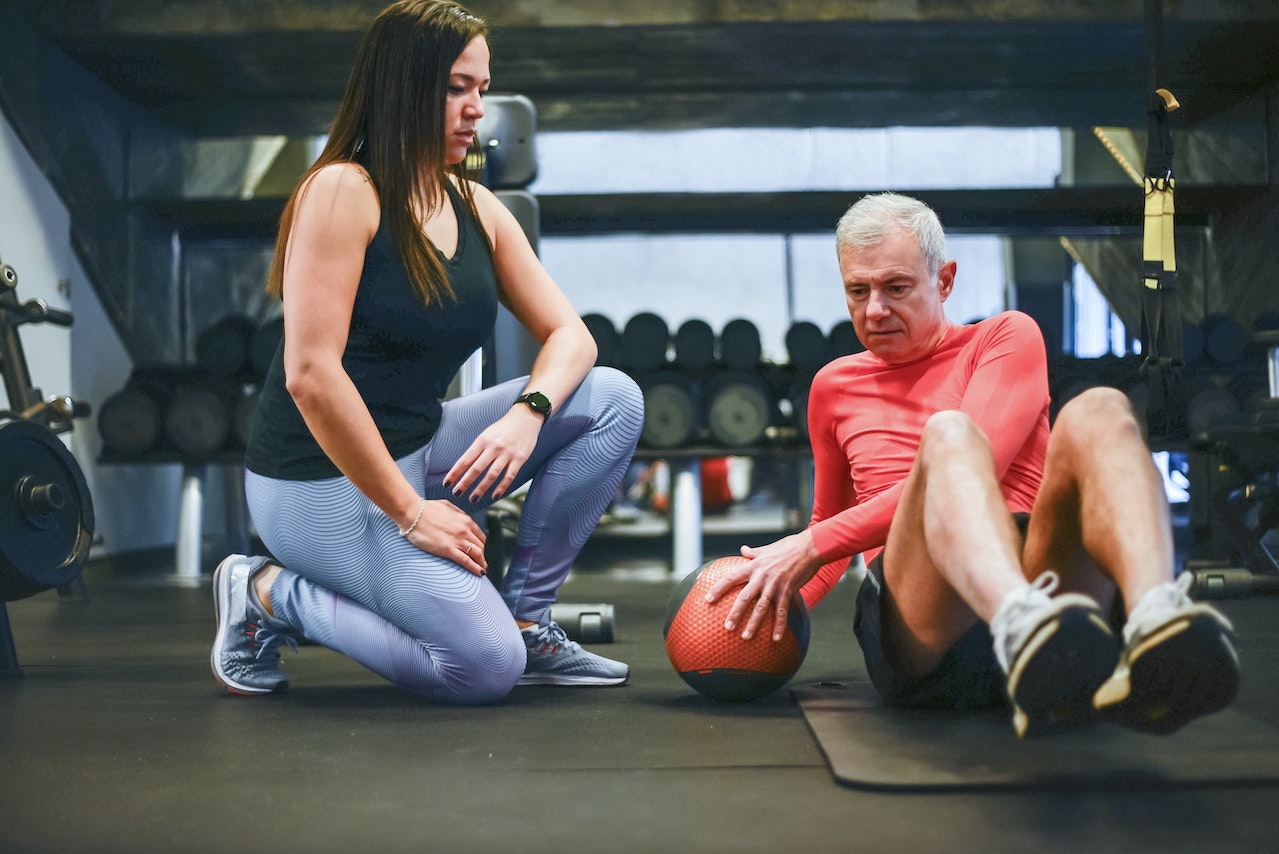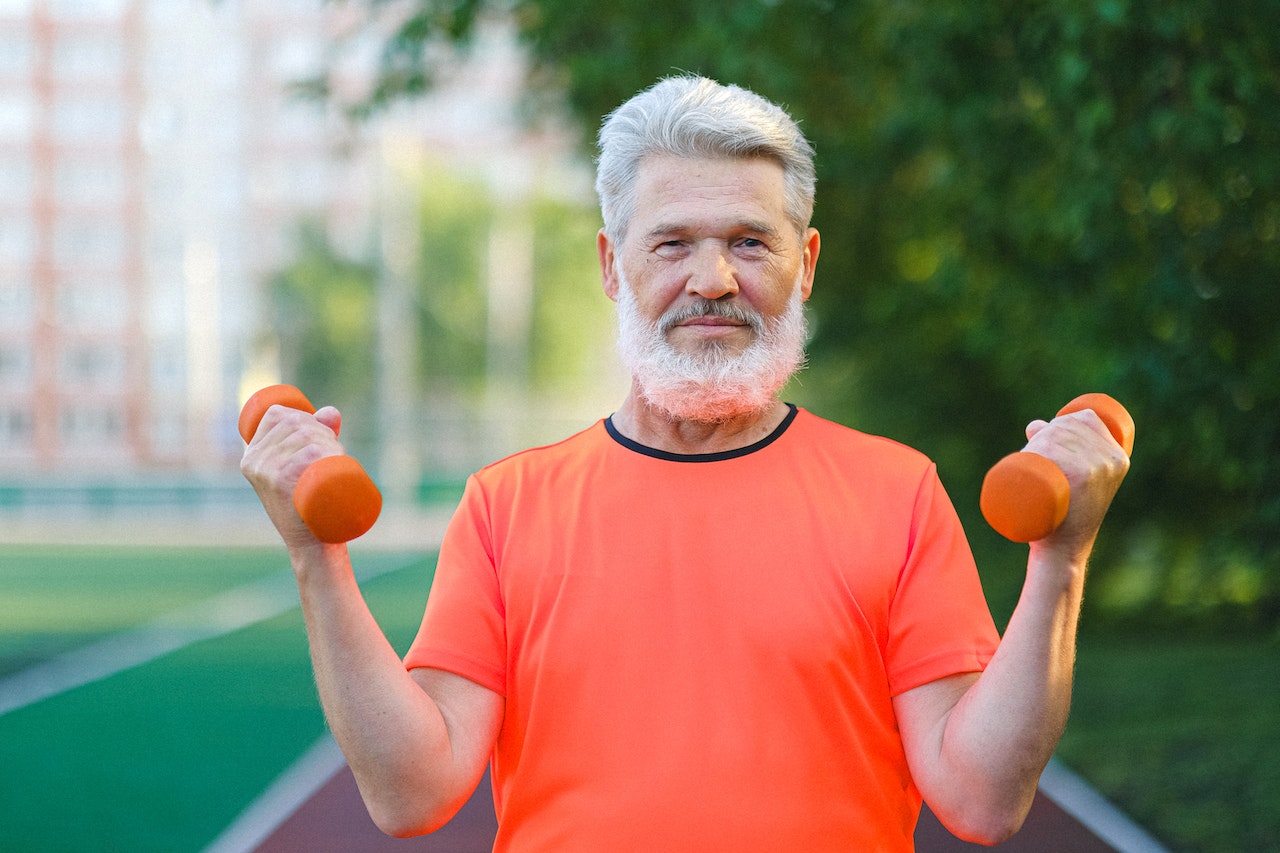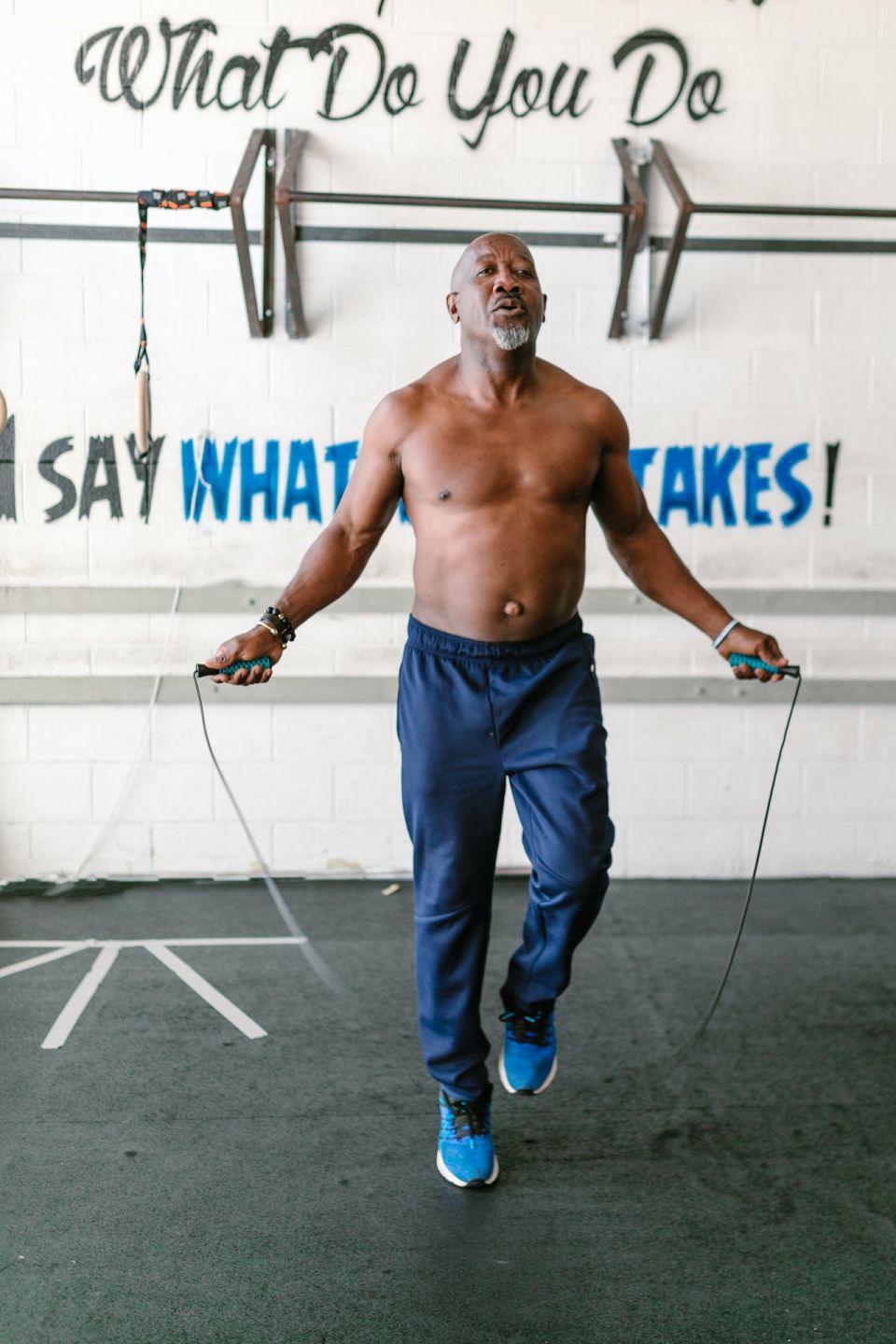Is Exercise for Over 50’s Different?
Protein synthesis, which is the process by which muscle cells rebuild, is slower in older persons than in younger ones. This means that our bodies are unable to recuperate at the same rate as they formerly did.
Additionally, decreasing flexibility is another disadvantage of exercising in your 50s. A 2013 clinical research published in the Journal of Ageing Research revealed a decline in shoulder and hip joint flexibility, particularly in those aged 55 to 86 to be very common. Lack of movement causes fast tissue degradation in older persons, yet an excessively intensive exercise regimen after a lot of inactivity may do more harm than benefit, so take it easy if you’re new to exercise.
There is also the problem of ordinary wear and tear associated with aging. Even if you’ve exercised throughout your life and want to continue exercising beyond the age of 50, your body may have other ideas! From pre-existing injuries to unresolved physical concerns – historical factors may have an effect on our bodies’ capacity to move.
It’s never too late to get fit!
Some people who begin exercising in their middle age are discouraged because they believe it is probably too late to get significant benefits. However, the reverse is true. Studies demonstrate that it is never too late to begin reaping the advantages of exercise. Research found that nursing home patients in their 80s benefitted from a weight-lifting training program through improving their strength and general functional abilities. It is even possible to achieve your best shape after the age of fifty if you have spent the majority of your lifetime out of shape.
Keep moving
Long periods of inactivity should be avoided in middle and later age. Sitting for lengthy amounts of time cancels out an hour in the gym because when you sit for an extended amount of time, your muscles begin to break down and release fats into your system. As a result, make an effort to stay active throughout the day. For example, if you’ve been sitting for a while, stand up and stroll to another room. Simply moving about every hour or so can be as helpful as, if not more beneficial than, one hour of moderate exercise every day.
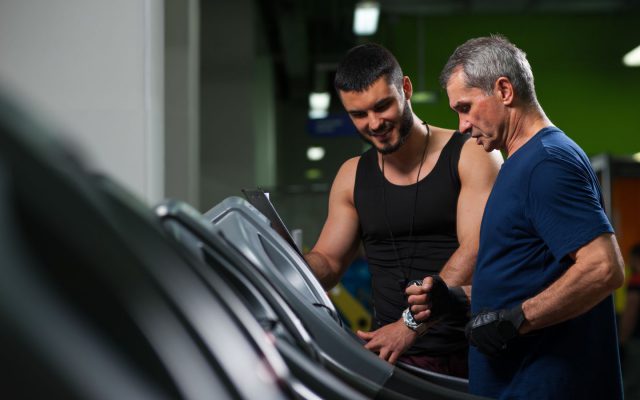
What kinds of exercise are recommended for over 50’s?
Weight Training
It is a general assumption that weight training is mainly for bodybuilders and people who desire to gain significant muscle mass. On the contrary, strength training exercises are actually essential for bone strength and has been shown to help postpone and even reverse osteoporosis issues. This is because muscle mass begins to decline in your mid-to-late 30s, and we continue to lose 1-2 percent of our muscle mass every year after that point. Therefore, resistance training or lifting weights are really the only ways to prevent this from happening.
Cardio Fitness
A moderate intensity aerobic activity (40-60 percent heart rate reserve) to vigorous intensity aerobic activity (60-90 percent) is recommended for most adults, and lighter (30-40 percent heart rate reserve) intensity aerobic exercise is recommended for those who are less fit. Walking, for example, is the perfect cardio for people over 50 since it does not place an excessive amount of strain on the joints.
Exercises done in water and riding on a stationary machine such as an exercise bike are two examples of aerobic activity that are less taxing on the joints.
Regular Walks
Like other low-impact, light cardio forms of exercise, a brisk walk has many health benefits. It is light on your limbs and is also a fantastic way to gain light cardio fitness. Getting outside and walking improves your mood, strengthens your legs and buttocks, and burns calories by revving up our metabolism.
Walking to lose weight might also be a good place to start if you’re seeking to lose a few pounds.
Furthermore, a Public Health England study found that those who walk briskly for 10 minutes a day can improve lower back problems, and 70-90 minutes of brisk walking per week can improve fitness.
Balance Exercises
Balance is one of the abilities that we often lose as we get older, usually due to a loss of muscle mass and strength. To fight this, integrate easy posture exercises into your weekly workout routine. These will promote flexibility, improve posture, and even assist in sleep and relaxation, all of which will benefit your overall health. Your bespoke Nxtep exercise plan may contain more of these types of exercises if you are in your 50’s or 60’s.
Things over 50’s should be aware of when exercising
Warming Up Correctly
Warm-ups are important for people of all ages, but they become even more vital for those over the age of 50, to ensure that their muscles and joints are fit and prepared for the activity at hand. Simple aerobic activities such as quick walking on a treadmill or slow pedalling on an exercise bike are an ideal warm-up exercise.
Stretches
Stretching activities improve flexibility and balance by promoting mobility in joints and muscles while also helping to maintain proper posture and body equilibrium. Yoga, tai chi, and Pilates are all excellent stretching workouts for anyone over the age of fifty. If you have a specific back or joint problem, talk to your physiotherapist and discuss with us the best kind of stretches to take to release your muscles and joints and reduce pain.
Stretching after your workout is also vital – not just for the over 50’s! So, we will ensure you carry out the correct warm-down routine after your session, which will always involve some stretches.
Vary Your Exercise
Variety is important for healthy exercise, so try to incorporate a variety of different types of exercise into your weekly routine to avoid your body becoming used to just one thing, and to avoid your mind becoming bored. Exercise is essential for long life because it boosts your body’s protective superoxide dismutase (SOD) system and helps to minimize chronic inflammation, which is a major component of the aging process.
Start Slowly
If you’re out of shape, it’s natural to become disheartened if you push yourself a little too hard at first. So, beginner’s objectives should be simple and attainable, such as walking for 15–20 minutes almost every day, and then gradually increasing the amount of exercise you do during the week. A small amount of exercise may have a significant influence on your general well-being. Don’t try to match what others do, or perhaps what you remember being able to do in your 20’s!
Don’t Over-exert Yourself
Putting too much stress on joints is not a good idea for older people, especially if they do not have enough necessary muscles and ligaments to support them. Given that our bodies are aging, putting too much strain on them is generally not a smart idea. In your 50’s, 60’s and beyond it’s all about finding a healthy balance and paying attention to your body’s requirements, which may even change from year to year. We will ensure that your PT programme is perfectly balanced to your body’s abilities and needs, to prevent injury and over-exhaustion.
Be Aware of Problems
If you’re just starting off with exercise or if you have a chronic physical problem, start out slowly and gradually increase your activity level. If you are on pain medication, you should see your doctor before beginning your new exercise routine.
Back discomfort, joint difficulties, osteoporosis, and arthritis are among the many conditions that can make it difficult to exercise as you become older. If you have a chronic condition, consult your doctor about how to exercise safely, and let us know about the condition in your initial consultation so that we can tailor your plan to avoid any discomfort or injury.
If you have a chronic condition, consult your doctor about how to exercise safely, and let us know about the condition in your initial consultation so that we can tailor your plan to avoid any discomfort or injury. It is normal to feel some soreness in your muscles after your first sessions, but it’s important to look after historical injuries or weak points.
Watch Your Heart Rate
When exercising, it’s good practice to track your targeted heart rate to ensure that your workouts aren’t too easy or too difficult.
To work out your maximum heart rate per minute, there’s a simple calculation – just subtract your age from 220. For example, 220 – 50 = 170 beats per minute.
During moderate exercise, you should expect to reach 50% to 70% of your maximum heart rate. With intense exercise you should be at 70% to no more than 85% of your maximum heart rate.
When you begin with light exercise, you should feel somewhat breathless but able to maintain a conversation for at least 30 minutes. As you advance to more intense aerobic activity, it will become more difficult to speak in whole phrases between breaths. Important – if you are on any heart related medication at all, it’s important to talk to your doctor about recording your heart rate during exercise, and to let us know during your initial consultation.
Be Careful with Heavy Weights
Avoid lifting heavy weights unless you are a seasoned weight trainer or are working out with a PT. Using them without adequate guidance and the correct technique might have serious consequences such as muscle tears and even broken bones.
This is because if you are unused to heavy weights, your musculoskeletal system will not be prepared for the effort, which might result in injury and setbacks in your training program. Furthermore, if you have high blood pressure, you should always use caution when lifting big weights. Again, speak to your doctor if you are concerned, and always let us know about all elements of your health in your consultation.
Weight lifting is an important part of most fitness plans for over 50’s, but we will tailor the actual weights to your requirements and abilities to ensure you do not injure yourself.
Avoid Long Runs at First
If you are new to running, and particularly if you are in your 50’s, 60’s, 70’s or over, you should avoid long runs and don’t sign up to any marathons before you’re 100% definitely ready. Long runs stress our bodies by raising cortisol levels, putting a lot of strain on our joints with the long-term repetition and impacts, and also reduce muscle mass. Therefore, it’s better to stick to shorter distances, or instead try quick walking – this might be more beneficial than a long run.
Look After Your Knees
Knee injuries are among the most difficult to treat, so it’s vital to look after your knees as best you can, particularly as you age.
Excessive physical activity may lead your knee joints to wear out early. Many professional athletes experience joint difficulties sooner in life than less active people, but don’t let this put you off – just take care. The advantages of regular exercise significantly exceed the disadvantages. Our personal trainers will design a bespoke programme for you to help build up the strength in the flexible muscles around your hips and knees, meaning your knees don’t have to do it all themselves.
Low-impact exercises like walking, cycling and swimming are great for joints, while resistance exercise and stretches help to enhance strength and flexibility. All of which can make a significant impact in your capacity to avoid and recover from injury, as well as lessen joint wear and strain on parts of the body like your knees.
Exercises Over 50’s Should Avoid
In principle, there are no activities that are totally discouraged for people above the age of 50, because everyone is different, and what you should avoid depends on your level of fitness and whether you have any special problems. However, there are some workouts that you should hesitate to incorporate into your routine. Leg extension machine workouts, for example, put a lot of pressure on the knees. Pull-downs or pull-ups behind the head put a lot of demand on the shoulders, and jump-training activities can put a lot of stress on many other regions of the body.
Whatever your fitness level and whatever your age, your trainer will devise a bespoke Personal Exercise Program taking into account your individual circumstances, current fitness levels and what you would like to achieve. You may be completely new to exercise or seeking to re-establish a regular exercise routine. Whatever your situation, Nxtep will help you make improvements that you will find truly remarkable, contributing to a new lease of life.
